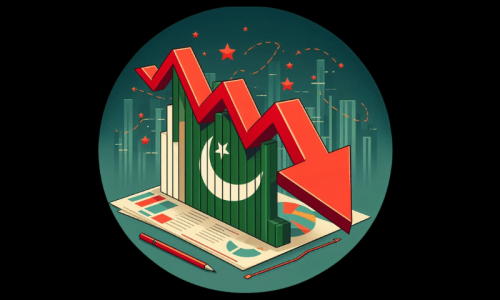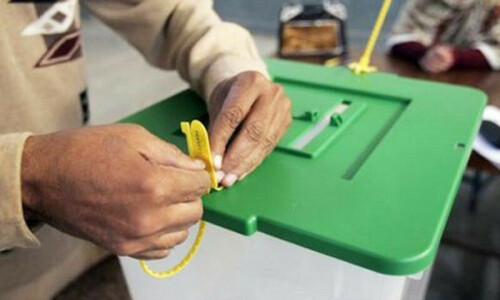INNOVATION and competitiveness are considered to be intertwined factors which contribute to the strength of an economy.
With globalisation, it has become vital for countries to compete in the international arena for greater market share and many states are constantly developing such policies which foster innovation and strengthen competitiveness of the economy.
Competitiveness, defined by Michael Porter as ‘the ability of firms to compete, grow and be profitable in long run’, becomes the toughest challenge faced by firms all over the world. In literature, one finds competitiveness is juxtaposed with innovation and with clear evidences that it is next to impossible for any organisation to achieve the pinnacle of competitiveness without having profound innovation system in its processes and products.
The university is always taken as a hub for innovation where scientists from various disciplines gather to share their ideas for developing new technologies, procedures, processes and systems. The innovation done in the universities attracts huge demand from industry. This leads to increased, diversified economic activities and market development.
Generally, a country’s innovation system has many contributors, for example innovations at universities, in industry and innovation contributed by individual talents. Developing an innovation system requires enhancing the capacity of these three contributors.
A strong innovation system builds up through efficient networking of the triple helix of competitiveness.
Industry-academia linkages (IAL) provide the basis for a strong innovation system. A strong IAL ensures that the research and development activities in universities are oriented towards demand in the market and in the society; it provides enabling environment for increased creativity for new comers and guarantees the enhanced competitiveness. These functions go hand-in-hand and reinforce each other.
In Pakistan, the IAL situation is not encouraging. Each element of triple helix is working independently and has nothing to do with other elements. Universities rarely engage with industry. Neither has industry made any serious effort to generate some practical interests in universities. The role of government is also very disappointing.
The Higher Education Commission in recent past years has made some attempts to reduce the gap between industry and academia but these have not yielded impressive results.
Industry and academia partnerships can play a major role in student recruitment, retention, and workforce development from within the local economy.
IAL includes execution of consultancy projects, industry-specific sponsored chairs, collaborative research and development projects, and commercialization of innovation. At this level, professors are found in industries for consultancy and top executives in universities for teaching. A higher level of human resource sharing takes place. This level of higher linkages results into need satisfaction of both entities where one sees academia has demand for funds, and the industry is short of time and human resource to carry on research. Thus a mutual juxtaposition of both entities results into high level of knowledge spillovers and increased economic growth.
Lower level of IAL results into academically and research-wise poor universities. The countries having higher level of IAL have higher productivity and competitive economies.












































